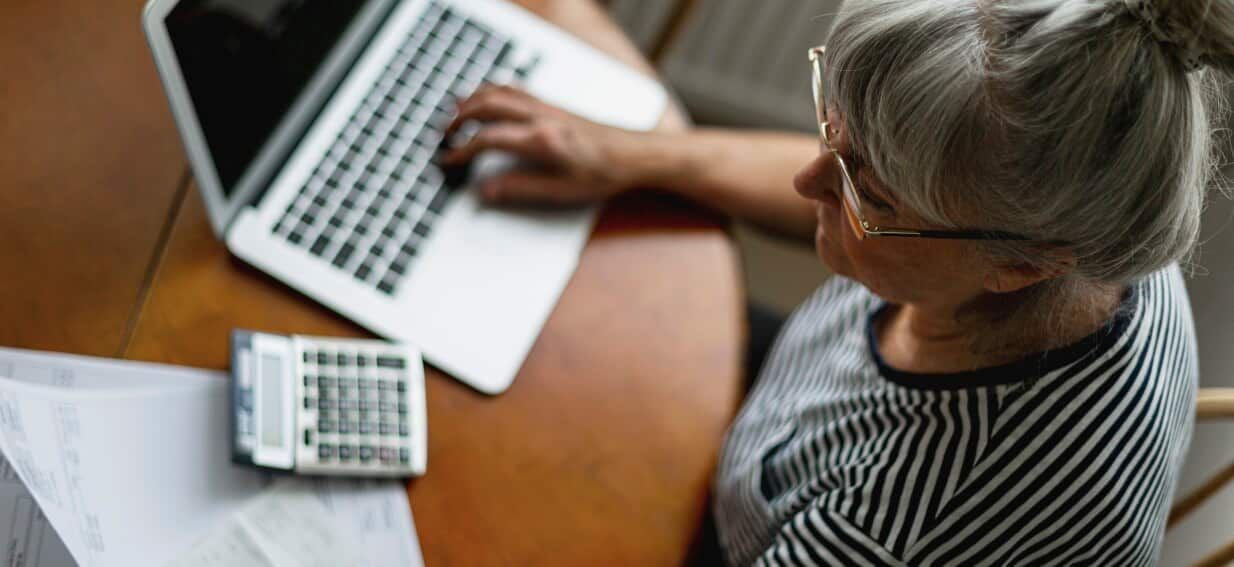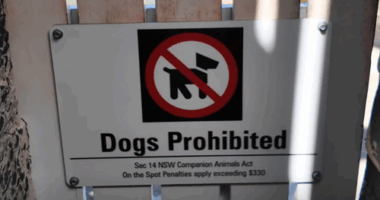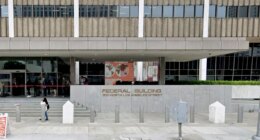Share this @internewscast.com

After Labor’s decisive win on Saturday night, which likely strengthens their position in the Senate, it appears that the proposed changes are on a path to becoming law soon.
Retirement income in Australia
These two elements work together; an individual can receive a pension even if they have private superannuation. However, the more they have in super, the less they qualify for in pension benefits.
There are two kinds of taxes—and tax concessions—associated with superannuation. First, employer contributions and certain capped personal contributions are subject to a 15 percent concessional tax rate. Secondly, income generated by a super fund is taxed at 15 percent while in the accumulation phase when contributions are being made. Once in the pension phase, income is not taxed.
So what does the proposed reform entail?
They will also be able to carry forward any loss as an offset against their tax liability in future years.
Concerns with the proposed reform
The move to tax unrealised capital gains is likely to prove particularly onerous for SMSFs. The typical industry super fund has a diversified portfolio of assets of varying liquidity, including significant cash holdings. But SMSF portfolios are often dominated by a large and illiquid asset (one that cannot be easily sold and converted into cash) such as a farm or business property.
In the United States, former president Joe Biden’s 2025 budget included a similar proposal to tax unrealised capital gains for households with more than US$100 million ($155.9 million) in wealth.
Purpose of the proposed reform
The Association of Superannuation Funds of Australia Retirement Standard calculates that, for a comfortable retirement, a couple needs a super balance of about $700,000 if they retire at age 67. The $3 million threshold is out of the ballpark. However, if the threshold is not indexed, more people will be affected over time.
So, is this reform useful?
In response to SMSF concerns about the difficulty in paying tax bills, the government’s proposal gives taxpayers 84 days to pay the tax liability instead of the usual 21 days. This hardly mitigates the risk that SMSF trustees may have to liquidate the main asset in their fund.













